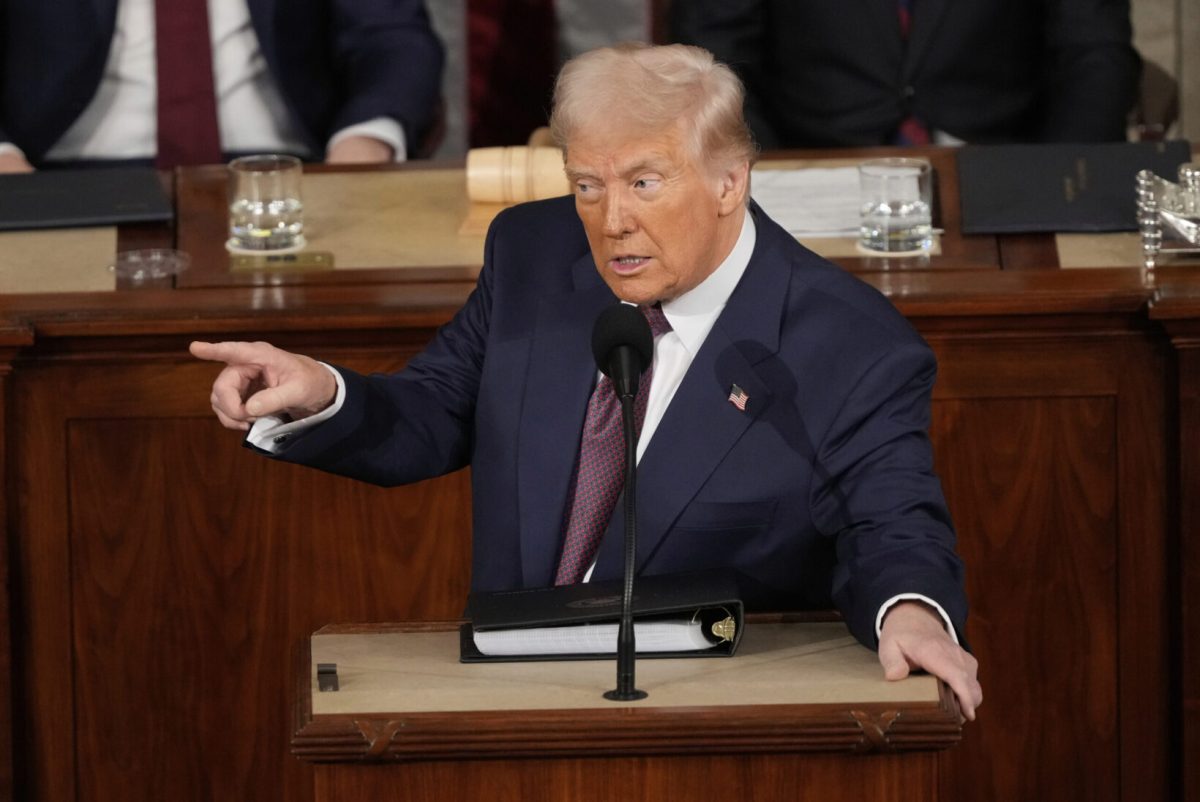In his 2024 election presidential campaign, Donald Trump’s platform called to dismantle existing governmental agencies and programs. Since taking office in January, he has enacted this on the National Institute of Health.
The National Institute of Health (NIH) is a part of the Department of Health and Human Services that conducts medical research for the entire nation to improve and save lives.
On Feb. 7, 2025, The NIH released a memo stating that the agency would cap its grants for “indirect costs” at 15%, down from the previous 28% average. These indirect costs include office staff, improved equipment, maintenance and utilities needed to operate their facilities. The reason for this decrease in grant spending, according to the NIH, was part of the Trump Administration’s plan to reduce government spending and waste.
As expected, this action from the NIH caused a stir in the medical and academic communities. According to the Associated Press, “scientists warn the Trump administration’s drastic cuts for medical research will endanger patients and will cost thousands of jobs.”
According to the University of Washington’s Medical School, “the abrupt loss of hundreds of millions of dollars … [halts] countless life-saving health research and cutting-edge technology initiatives.”
Due to the potential implications of these new measures, North Carolina, along with other states (including Massachusetts, California, New York and Maryland, who are the top 5 states in NIH research funding), filed a lawsuit against the Trump Administration on Feb. 10 to halt these efforts.
North Carolina’s decision to file the lawsuit was primarily based on concerns that research institutions, such as Duke University and UNC Chapel Hill. The lawsuit could lose hundreds of millions in federal funding if a proposed cap on indirect medical research payments is upheld in court. UNC receives $531 million and Duke $580 million each year from the NIH.
UNC Vice Chancellor for Research Penny Gordon-Larsen wrote in a letter to university researchers on the day of the indirect costs cap that a “change of this nature would yield significant negative impacts to Carolina […] as [indirect costs] supports the federally required regulatory and compliance functions, the costs to administer grants and costs of the facilities and infrastructure required to support research.”
Dr. Robert Lefkowitz, a Duke University professor of medicine, told the New York Times in an interview after the new NIH measure, “I think the American people need to understand how devastating it would be if this goes through. A lot of research would just have to stop; I can’t imagine that the shortfall could be met from other sources.”
In response to lawsuits filed by North Carolina and the 21 other states, a federal judge temporarily blocked the NIH from cutting research funding on Monday, Feb. 10. The judge argued that the NIH’s new measure would severely undermine research into treatments for cancer, Alzheimer’s, heart disease and various other health conditions.
This instance is the latest challenge to the new Trump administration policies. In late January, a federal judge blocked the Trump administration’s attempt to freeze trillions of dollars in federal grants and loans.
As the legal battle unfolds, the potential influence on medical research and public health remains a focal issue of debate. With the courts playing a vital role in determining the future of NIH funding, the situation underscores the continuing tensions between governmental policy changes and upholding support for scientific advancement.










